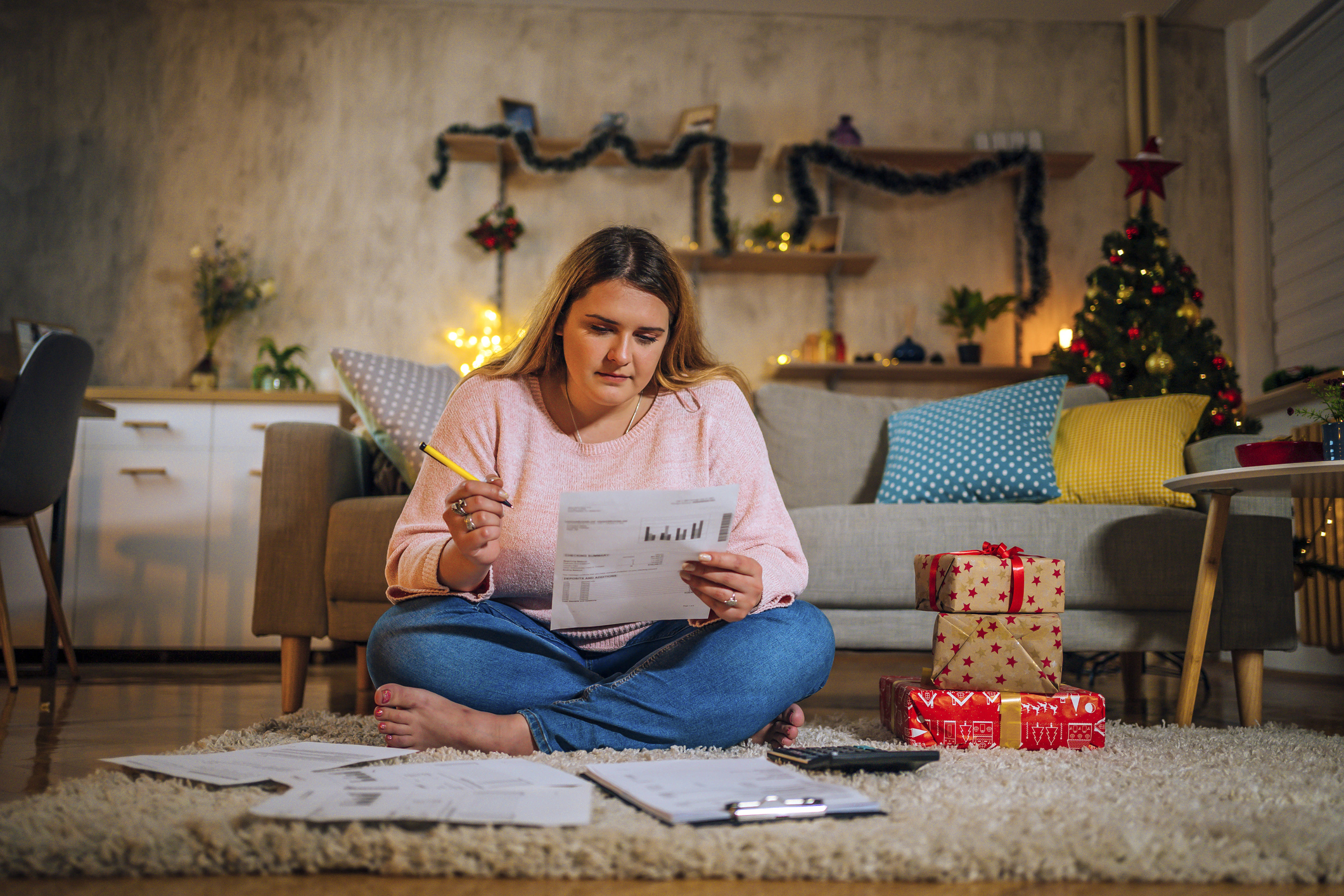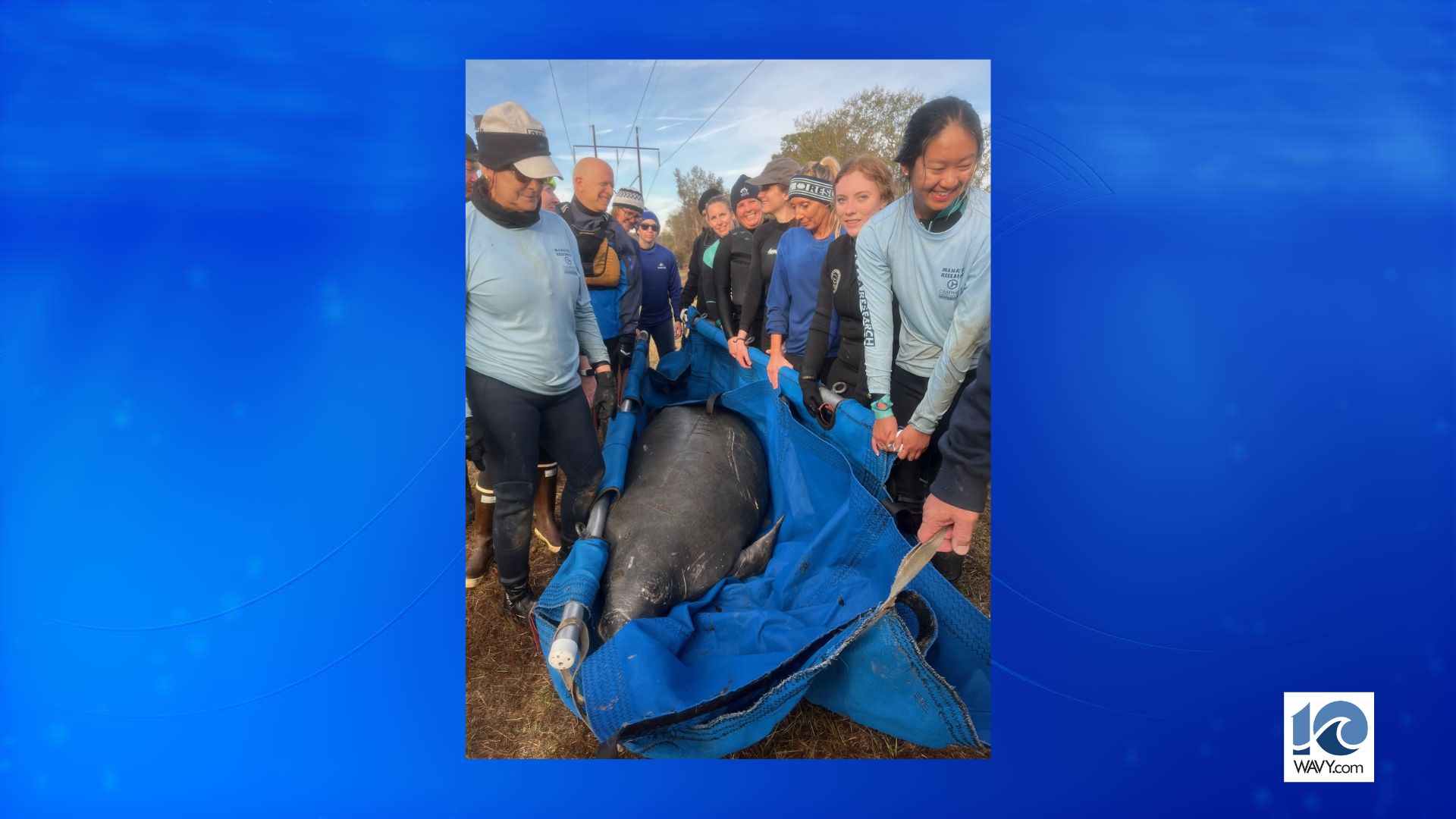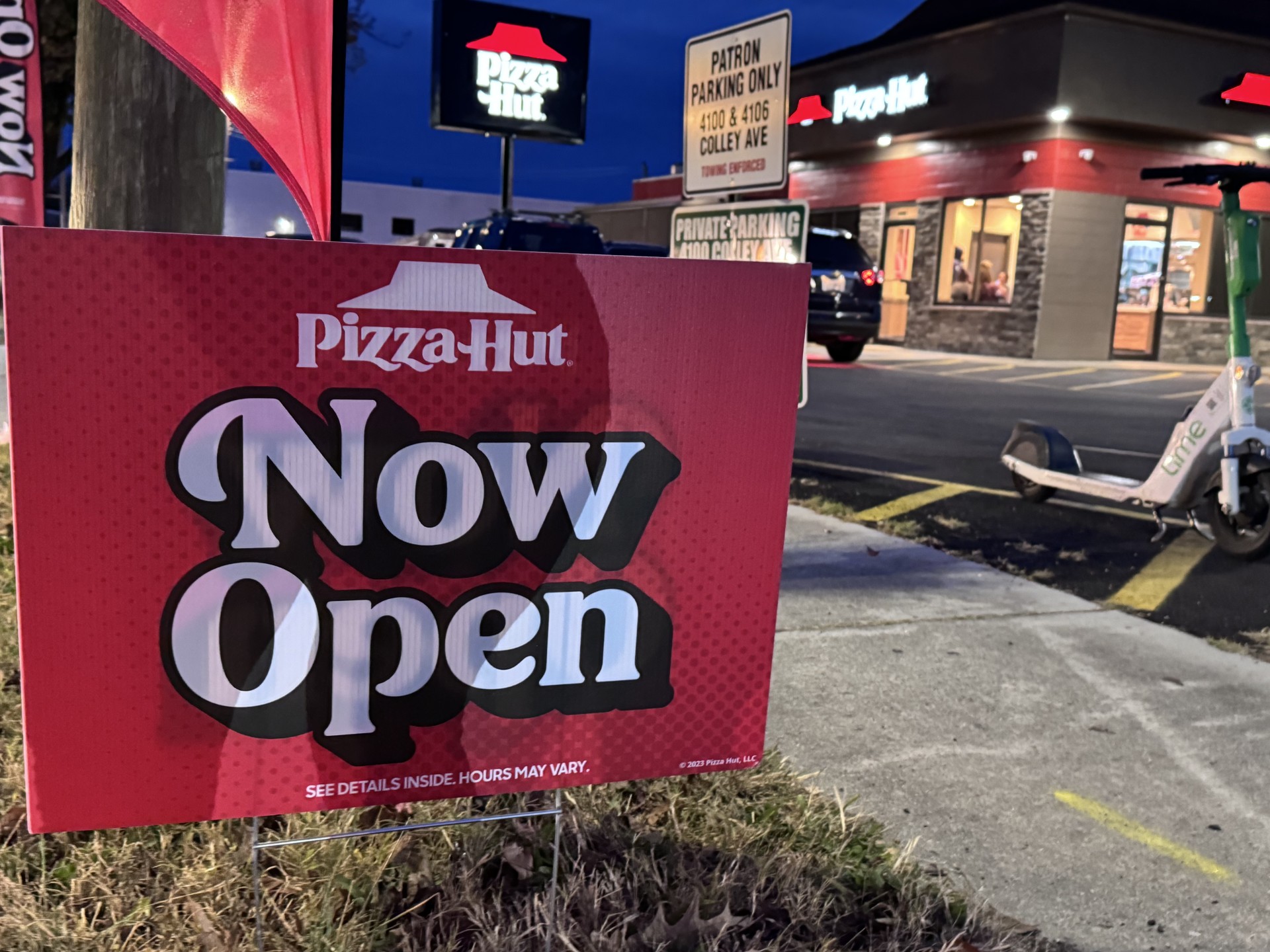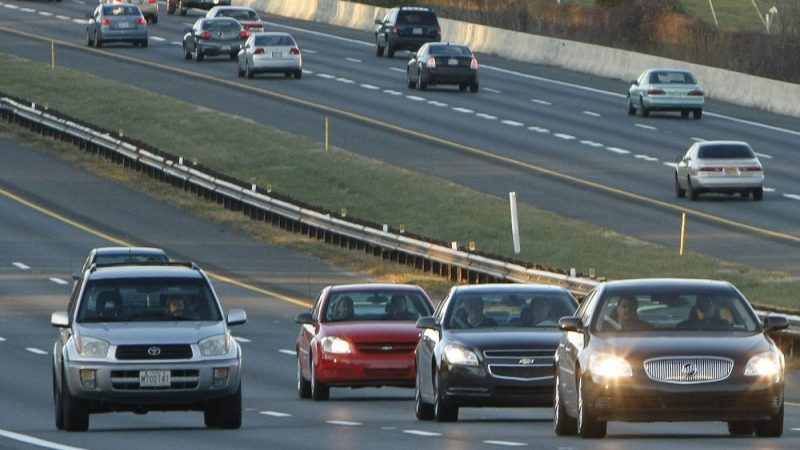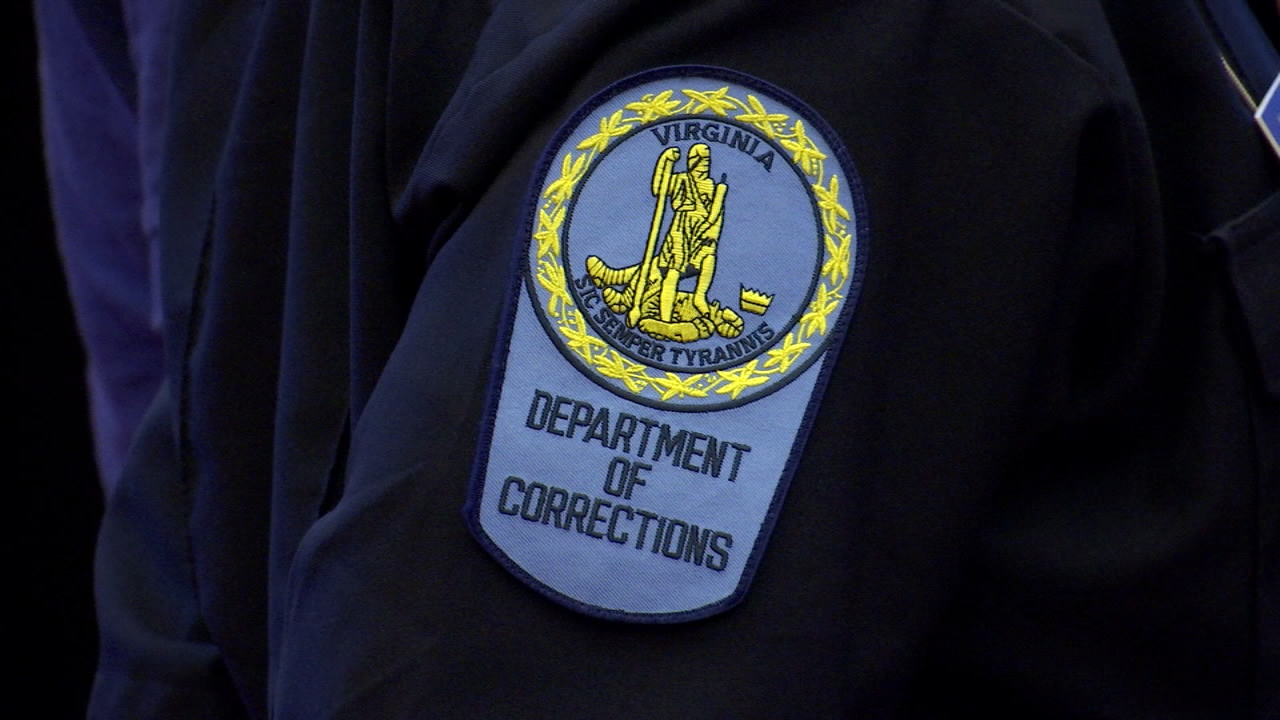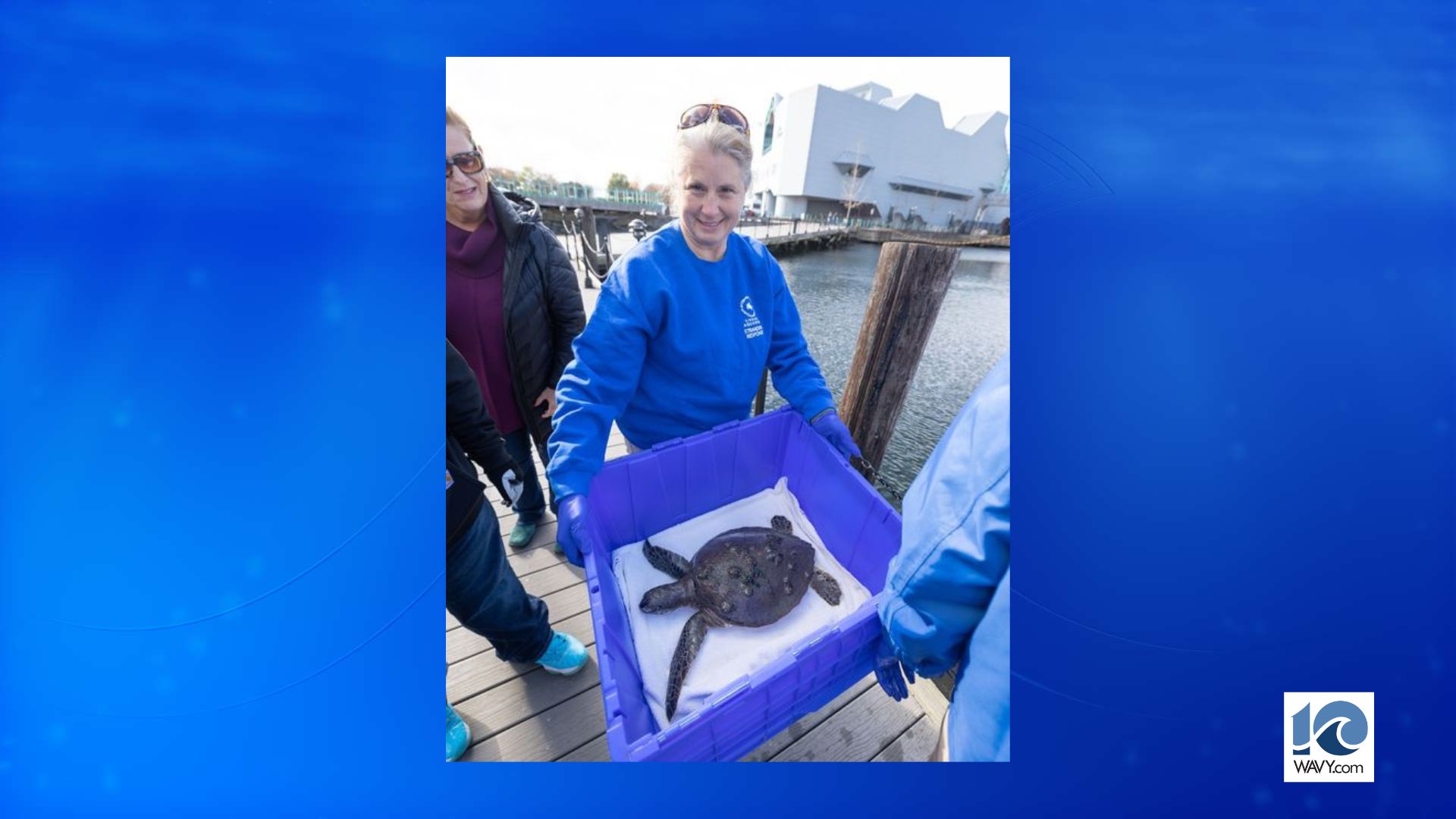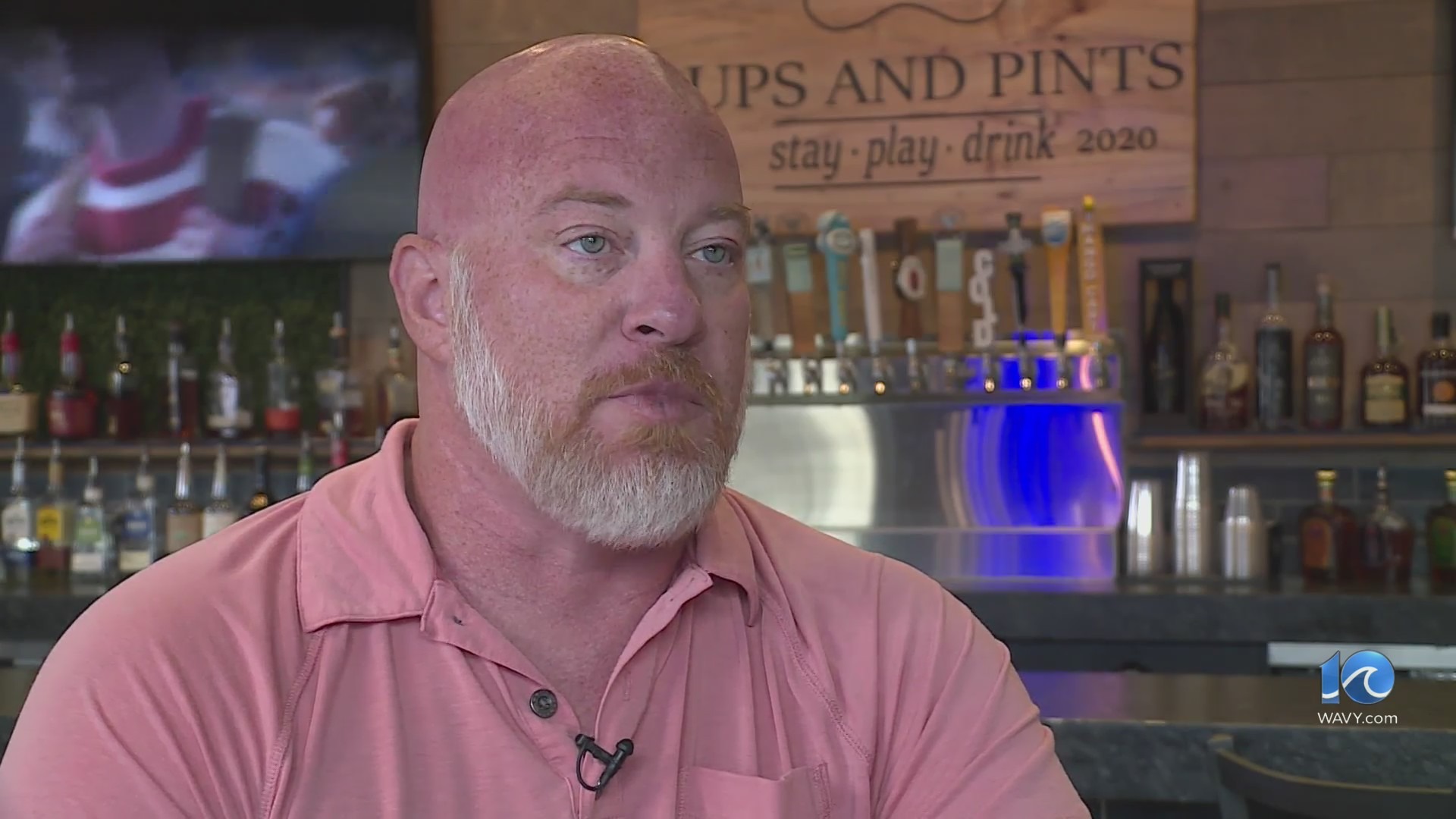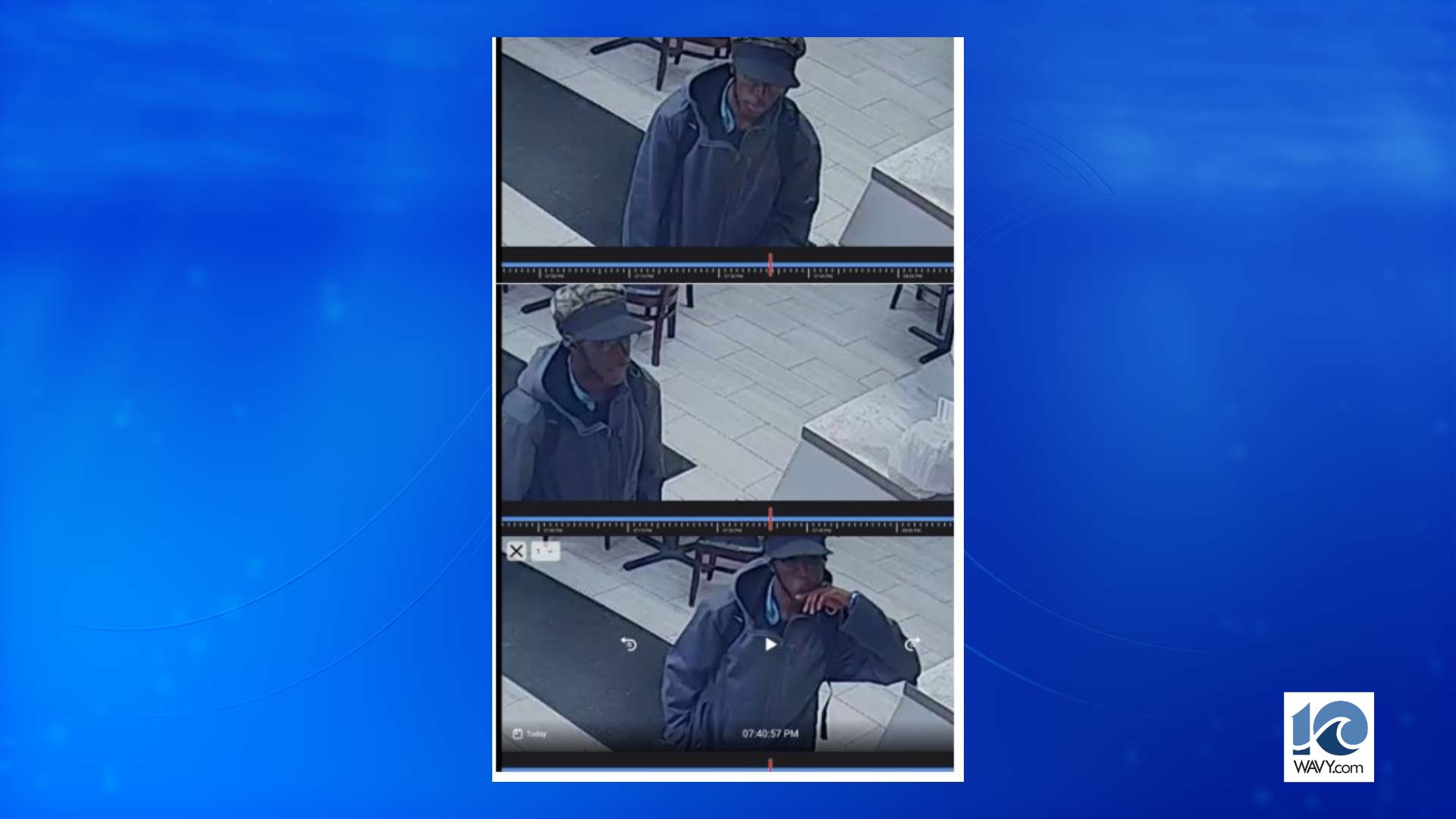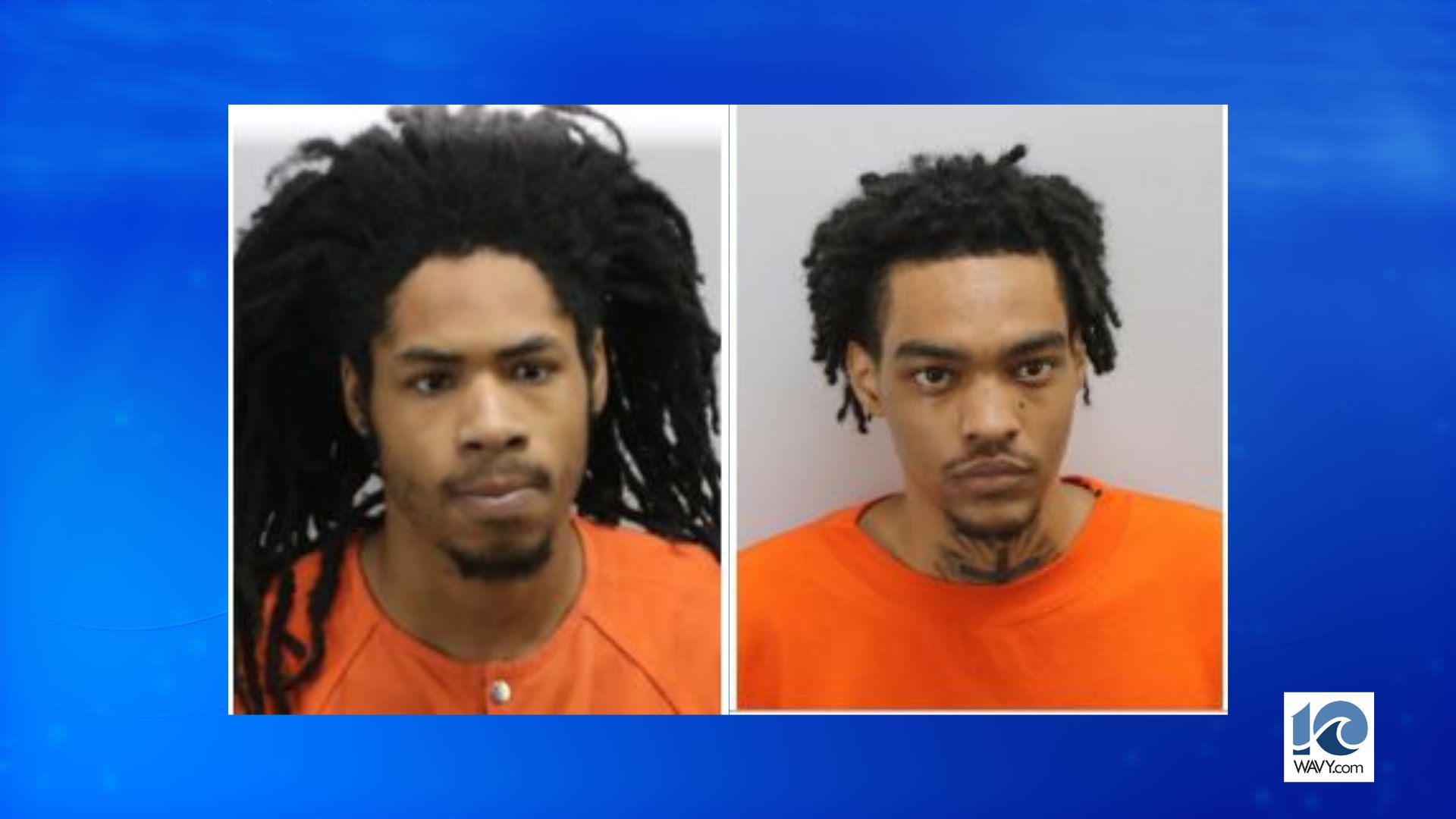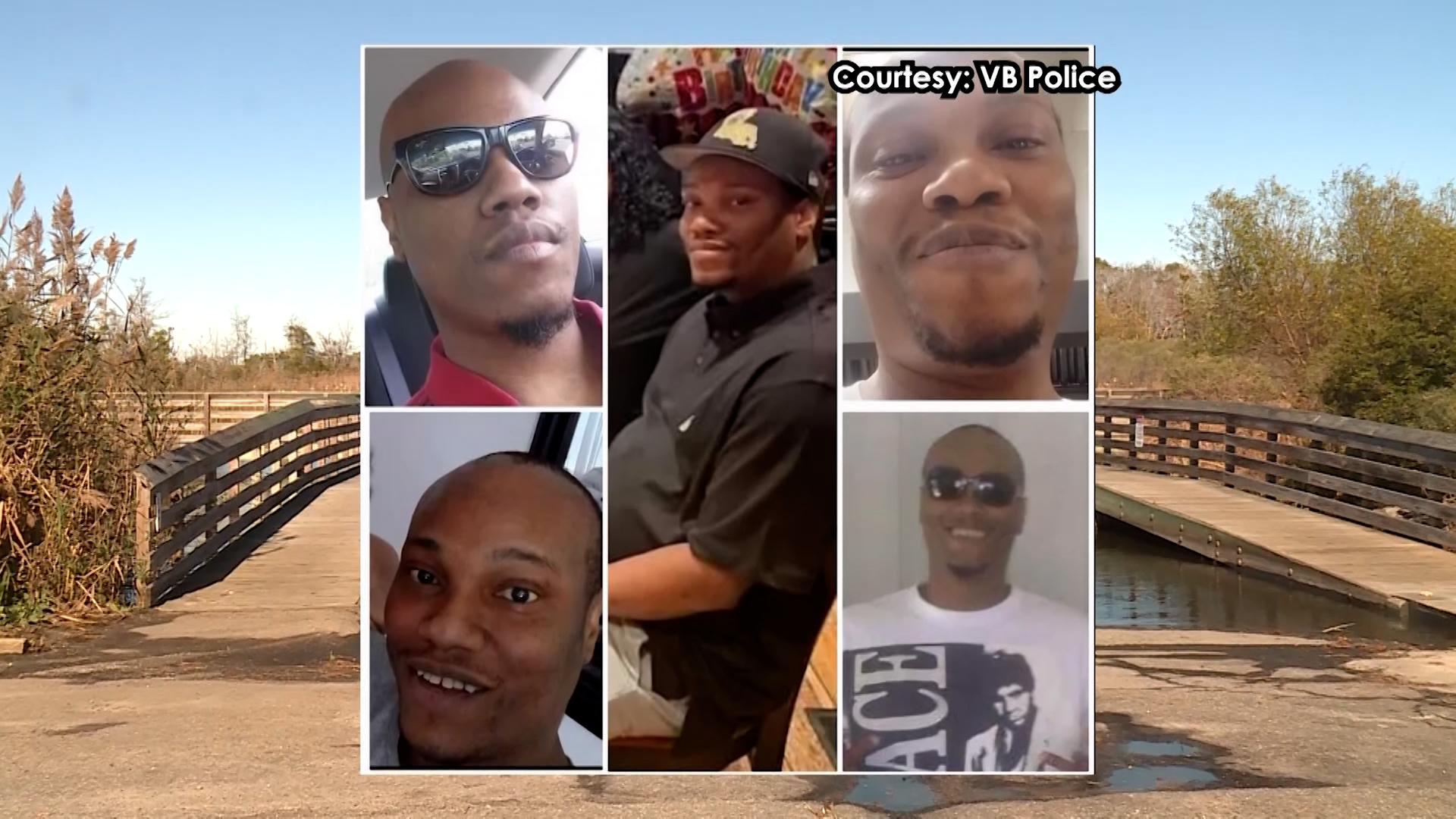RICHMOND, Va. (WRIC)- The Virginia Department of Health recently released recommendations—not requirements— to guide the phased reopening of long-term care facilities, which account for about 60 percent of the state’s death toll thus far.
Under the VDH guidelines for easing restrictions, nursing homes are supposed to lag behind the locality they’re in by at least two weeks. In other words, since Virginia just started ‘Phase Three’ on July 1, the furthest along a facility should be is ‘Phase Two.’
VDH Deputy Commissioner for Population Health Dr. Laurie Forlano said these recommendations were largely informed by the Centers for Disease Control and Prevention and the Centers for Medicaid & Medicare Services.
Here’s a look at what ‘Phase Two’ would look like for nursing homes:
- Visitation is still generally prohibited, except for compassionate care situations.
- Window visits and outside visits may continue on a limited basis
- Communal dining remains limited.
- Some residents may eat in the same room with social distancing
- Group activities for asymptomatic residents with no more than 10 people are allowed
- Limited entry of non-essential healthcare workers is allowed.
- Entry of beauticians or barbers is still generally prohibited.
- Non-essential trips outside of the facility are allowed for asymptomatic residents
- Social distancing, hand washing and face coverings are still strongly recommended at all times
Unlike businesses like restaurants and gyms, individual long-term care facilities will largely decide for themselves when to start each phase.
Dr. Forlano, who is co-chairing the state’s task force on long-term care facilities, said they’re not compressively tracking which phase each facility is in.
“I don’t know if any facilities have entered ‘Phase Two’ yet and, again, these recommendations are just that, recommendations,” Forlano said. “We’re going to try to aggregate that information as it comes in. Again, the guidance was just published a couple of weeks ago.”
Asked why VDH hasn’t made its guidelines mandatory, Forlano said, “The intent and spirit of them is very much cross-walked to the regulations that currently exist.”
Before moving into ‘Phase Two,’ VDH recommends that all residents and staff be tested weekly until there are no more positive cases for at least 14 days.
“The repeat testing is the responsibility of the facilities,” Forlano said.
Since April, VDH and the Virginia National Guard have been helping long-term care facilities conduct ‘point-prevalence’ testing. So far, Forlano says they have either completed or are in the process of scheduling the first round of testing for more than 260 long-term care facilities. Forlano said they plan to finish this ‘baseline’ testing by July 15th.
Forlano said about $56 million in federal CARES Act funding is being committed to help facilities pay for follow-up testing but it’s still unclear how far that will go.
In May, the American Health Care Association and National Center of Assisted Living estimated that it would cost $8.7 million to test every nursing home staff member and resident in Virginia just once–nearly 58,000 people total across 287 facilities. This does not include the cost of testing at assisted-living and other long-term care providers, according to the organization.
- PREVIOUS COVERAGE: Virginia nursing homes still waiting on testing; struggling with PPE
Facilities are also supposed to establish proper coronavirus prevention protocols before easing restrictions. Those include having a separate space for COVID-19 patients, routine symptom screenings and a plan for the possible return of hospitalized residents.
- MORE: Concerns abound as positive COVID-19 patients housed with other residents at Henrico nursing home
Forlano said infection prevention and control teams are currently conducting assessments of facilities statewide before the end of July.
“They are not regulatory in nature. They are intended to be educational and supportive to help facilities identify areas of improvement,” Forlano said.
VDH Office of Licensure and Certification Deputy Director Kimberly Beazley explained that, once these surveys are conducted, the facility submits a plan of correction to CMS. Beazley said CMS has the power fine facilities that fail to take appropriate action.
“I have not received any notification of monetary penalties yet based on our reports,” Beazley said.
VDH also recommends that nursing homes submit COVID-19 data consistently to the state and federal government before advancing in the reopening process. Virginia recently started publicly reporting deaths for each federally-licensed facility, though Forlano said the data still has some discrepancies.
“The data will hopefully be more complete and accurate than the data that’s published by CMS but of course will not be without flaws,” Forlano said. “We will continue to work to improve its quality as we do with all of our data sets.”



